SpreadingtheWord
Goodallbegantopublishherfieldresearch,butthescientificcommunitywasdoubtful.Afterall,shehadnoscience training.
In1962,GoodallgaveapresentationonprimatesforLondon’sZoologicalSociety.Manywereimpressed;otherswerenot.Onemembersaidherworkwas“anecdoteand... speculation”thatmadeno“realcontributionto science.”
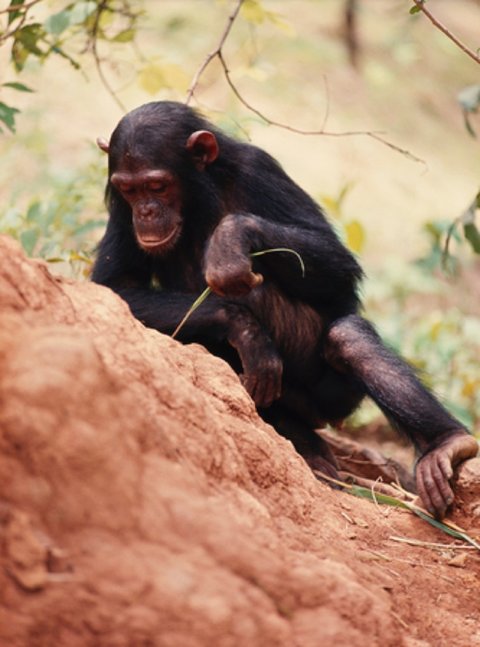
Achimpanzeedigsfortermiteswithabladeof grass.
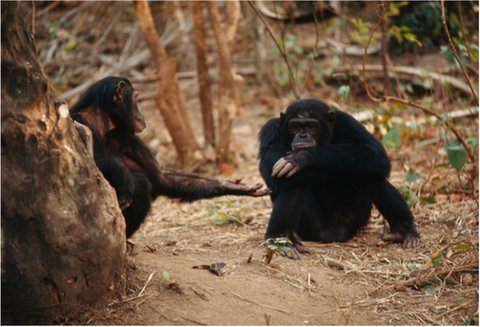
Melissareachesoutherhandto Faben.
ProofPositive
Goodallneededmoreevidenceofherwork.TheNationalGeographicSocietysuggestedshetakephotographsofher discoveries.
TheSocietyhiredHugovanLawickforthejob.The25‑year‑oldDutchmanhadsomeexperienceinnaturalhistoryfilmmaking.HereachedGombeinAugust 1962.
Atfirst,neitherfocusedontakingpicturesofGoodallwiththechimps.ButNationalGeographicmagazineeditorswantedphotosofheraswell.It wasunusualforawomantobeascientistatthistime.PeoplewereascuriousaboutGoodallastheywereaboutthe chimps!
ThephotosvanLawicktookcapturedproofofthechimps’toolmakinganduse.Healsophotographednestbuildingandhowthechimpsbehavedsocially.AndhetookmanypicturesofGoodalldoingherwork.HisphotosappearedwithGoodall’swordsinNationalGeographicmagazine’sAugust1963 story,“MyLifeAmongWild Chimpanzees.”
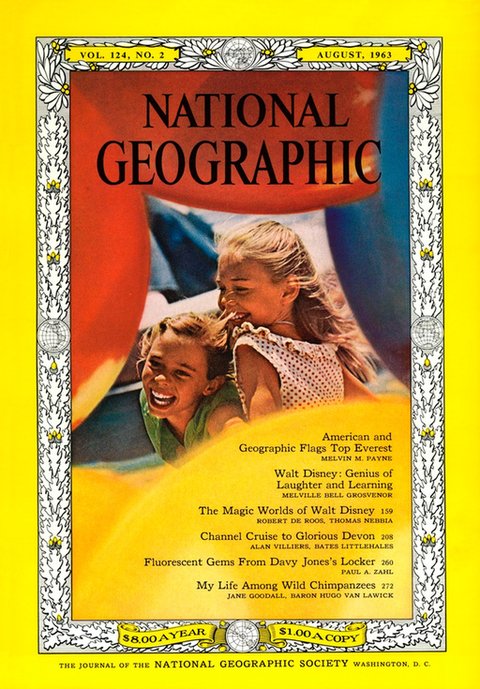
ThecoverofNationalGeographicmagazine,August 1963
ANovelApproach
Theissuewasahugesuccess.GoodallandvanLawickcreatedideasformorearticlesand films.
In1964,GoodallwassettogiveherfirstmajorpubliclectureintheUnitedStates.Shehadnotwrittenadraftofherspeech.ButGoodallknewwhatshewantedtosay.Shereported
her discoveries.
ShedescribedscenesofGombe’sbeauty.Shealsodescribedthechimpsbytheirpersonalitiesandthenamesshe’dgiventhem.ShesaidFifiwas“agileandacrobatic.”ShethendescribedFifi’solderbrother,Figan,asanadolescentwho“feelshe’salittlebit superior.”
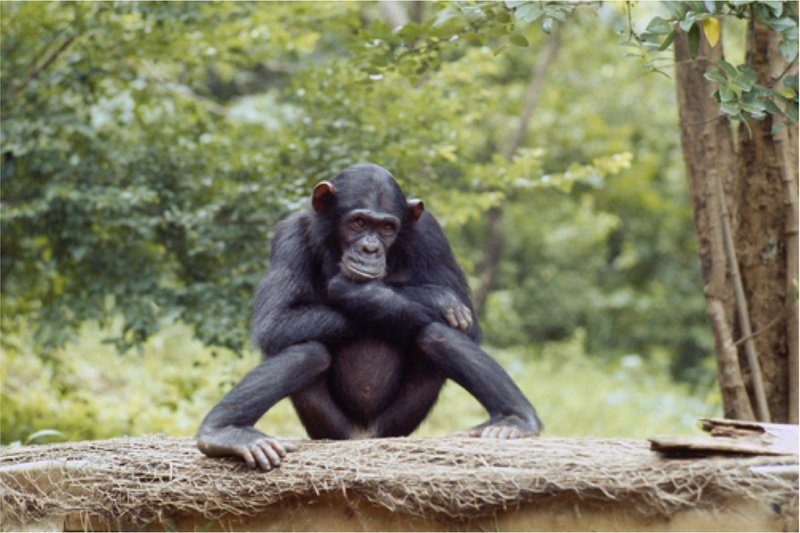
achimpnamed Pom
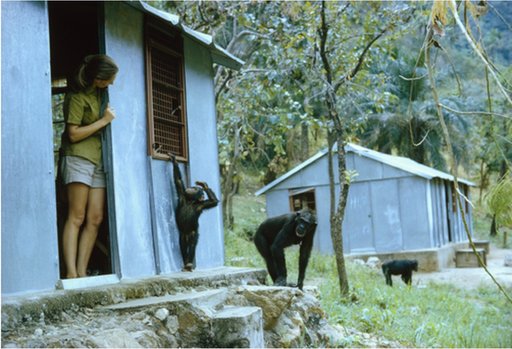
GoodallwatchesFlintfroma doorway.
Janedescribedtheneedtoprotectthechimpsandpreventthemfrombeingshotorsoldtocircuses.ShetoldtheaudiencethatDavidGreybeardhadopenedthedoortomanyimportant discoveries.
“DavidGreybeard... hasputhiscompletetrustinman,”shesaid.“Shallwefailhim?Surelyit’suptoustodosomethingtoensurethatatleastsomeofthesefantastic,almosthumancreaturescontinuetoliveundisturbedintheirnaturalhabitat.”Herpresentationwasatriumph.Itwasthebeginningofherlongandsuccessful career.
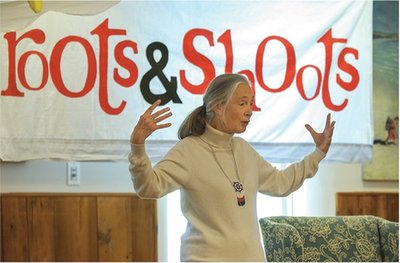
JaneGoodall,Continued
JaneGoodallwentontoearnher
Ph.D.fromCambridgeUniversity.Shehaspublishedmanymagazinearticlesandbooks.In1991,shefoundedanorganizationcalled“Roots & Shoots”inTanzania.Itsgoalistohelpyoungpeoplebegincareersinconservationwork.Today,herworkinconservation continues.
